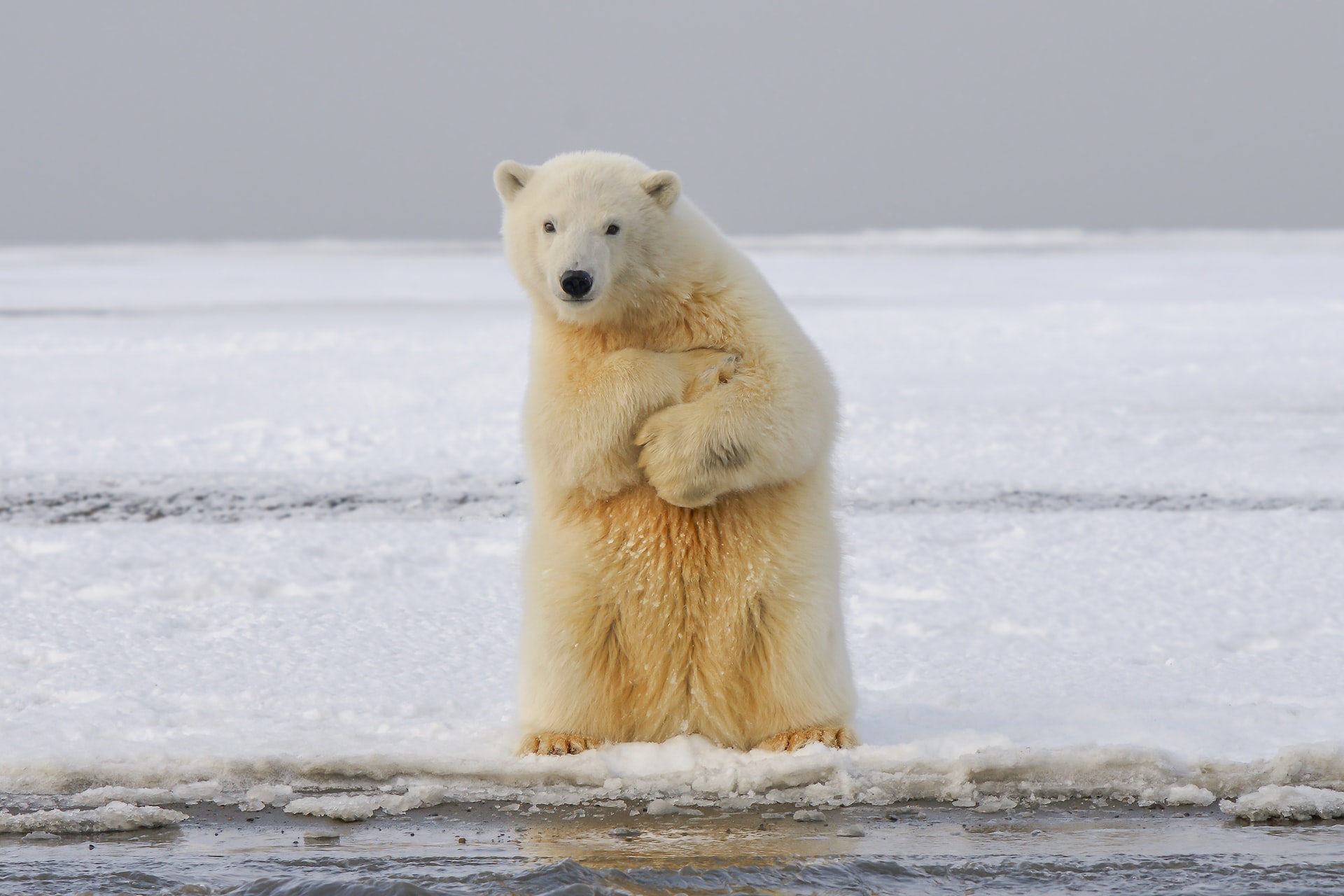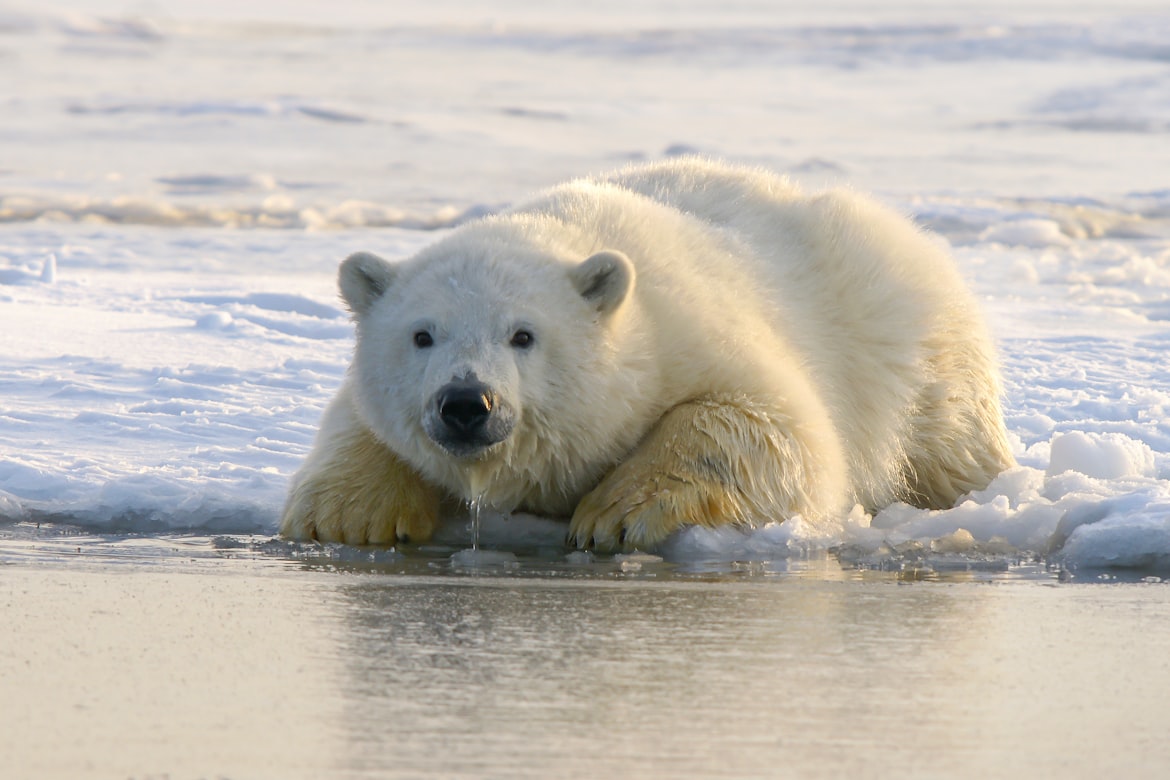11 Fun and Surprising Facts About Polar Bears

Polar bears are fascinating creatures that are often associated with their icy Arctic habitat. These massive carnivores have evolved to survive in one of the most extreme environments on earth, where temperatures can dip as low as -50°C (-58°F). In addition to being powerful hunters and expert swimmers, polar bears possess a number of unique traits and adaptations that make them one of the most interesting species on the planet.
Here are 11 fun and surprising facts about polar bears that you may not know.
Polar Bears Are Not Actually White
Polar bears may appear white, but their fur is actually transparent. The fur is made up of a layer of clear, hollow tubes that reflect light, which gives them its white appearance. Underneath the fur, however, their skin is black.
They Are the Largest Land Predators on Earth
Polar bears are the largest land predators on earth, with adult males weighing in at an average of 900 to 1,500 pounds. They can stand over 10 feet tall on their hind legs.
Polar Bears Have a Specialized Liver That Processes Vitamin A
Polar bears have a unique adaptation to their arctic environment. They have a specialized liver that can process large amounts of vitamin A, which they obtain from eating the liver of arctic animals.
They Are Capable of Fasting for Long Periods
Polar bears can go without food for several months at a time. They are adapted to survive on a diet that is high in fat and low in nutrients. During periods of food scarcity, they rely on their fat reserves for energy.

Polar Bears Have a Unique Way of Hunting Seals
Polar bears are opportunistic hunters and will eat just about anything they can catch. Their primary prey, however, is the ringed seal. They use their powerful sense of smell to detect breathing holes in the ice and wait patiently for the seal to come up for air.
Female Polar Bears Give Birth in Winter
Female polar bears give birth in the winter and will typically have two cubs at a time. The cubs are born small and helpless, weighing only about 1 pound.
Polar Bear Cubs Are Born Blind and Helpless
Polar bear cubs are born blind and completely dependent on their mother for the first few months of their lives. They are born with a thick layer of fur, which helps keep them warm in the cold arctic environment.
Polar Bear Mothers are Fiercely Protective of Their Cubs
Polar bear mothers are fiercely protective of their cubs and will go to great lengths to defend them from predators. They will often fast for months while nursing their cubs, and will defend them from male polar bears, who have been known to kill and eat cubs.

Polar Bears are Classified as Marine Mammals
Despite being known as land predators, polar bears are actually classified as marine mammals. This is because they spend the majority of their time on sea ice and are adapted to swim long distances.
Climate Change is a Major Threat to Polar Bears
Polar bears are highly vulnerable to climate change, as the loss of sea ice makes it increasingly difficult for them to find food and breed successfully. As the Arctic continues to warm, polar bear populations are expected to decline.
Climate change is a major threat to polar bears
The biggest threat facing polar bears today is climate change. As the Arctic ice melts and their hunting grounds disappear, polar bears are struggling to find enough food to survive.
Conclusion
Polar bears are majestic creatures that have captivated the human imagination for centuries. From their incredible size and strength to their unique adaptations and behaviors, polar bears are a true marvel of the natural world. However, these magnificent animals are also facing a number of serious threats, including climate change and habitat loss. By learning more about these amazing creatures and taking action to protect their fragile Arctic habitat, we can help ensure that polar bears continue to thrive for generations to come.





